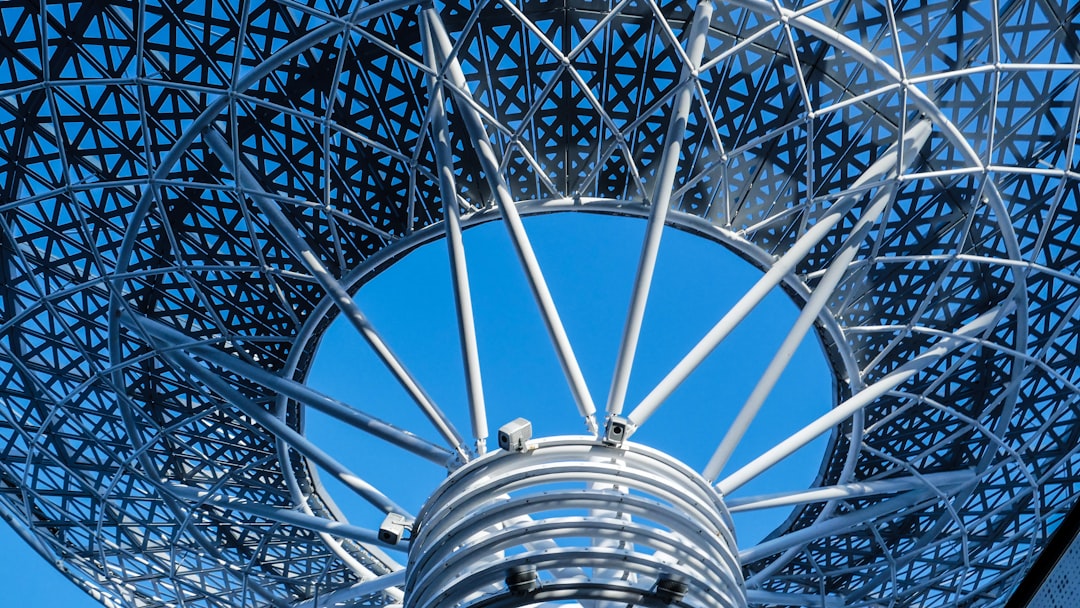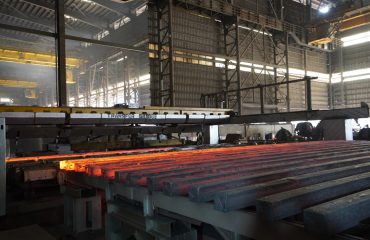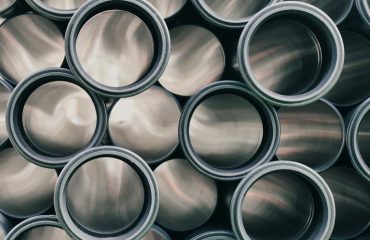Universal Parallel Flange (UPN) profiles, also known as parallel flange channels, are ubiquitous in structural engineering. Their versatility and efficiency make them a preferred choice for a wide range of applications. This comprehensive guide delves into the intricacies of UPN profiles, exploring their properties, design considerations, and suitability for various projects.
Understanding UPN Profile Geometry and Properties
UPN profiles are characterized by their parallel flanges and a single web connecting them. This unique geometry provides excellent bending stiffness and resistance to shear forces. Key properties engineers consider include:
- Section Modulus (Zx, Zy): This indicates the resistance to bending about the x and y axes, crucial for determining the bending capacity of the profile.
- Moment of Inertia (Ix, Iy): Represents the resistance to bending deformation about the respective axes. Higher values indicate greater stiffness.
- Area (A): The total cross-sectional area of the profile, directly related to its weight and overall strength.
- Weight per unit length: A critical factor in cost estimation and overall structural weight.
- Radius of Gyration (rx, ry): Indicates the distribution of the area around the centroidal axes, influencing the stability of the profile against buckling.
These properties are readily available in steel section manuals and online databases, allowing engineers to select the most appropriate UPN profile for a given application.
Common Applications of UPN Profiles in Structural Design
The versatility of UPN profiles makes them suitable for a diverse range of applications within structural engineering, including:
- Beams and Lintels: Their parallel flanges provide excellent support for loads, making them ideal for beams in buildings and other structures.
- Columns and Supports: When used vertically, UPN profiles can effectively support axial loads, especially in lightweight constructions.
- Bracing and Stiffening Members: Their shape allows for effective bracing of larger structures, improving overall stability.
- Industrial Structures: UPN profiles are frequently used in the construction of workshops, warehouses, and other industrial buildings.
- Cladding and Roofing Systems: They can serve as supporting members for cladding and roofing materials.
- Handrails and Balustrades: Their strength and relatively lightweight nature make them suitable for various railing systems.
The specific application will dictate the size and grade of UPN profile required.
Design Considerations for UPN Profiles
Designing with UPN profiles requires careful consideration of several factors:
- Load Calculations: Accurate determination of the loads acting on the structure is paramount. This includes dead loads (weight of the structure itself), live loads (occupancy loads, snow loads), and wind loads.
- Stress Analysis: Engineers must analyze the stresses induced in the UPN profiles due to bending, shear, and axial forces. Software tools are often used for this purpose.
- Buckling Considerations: Slender UPN profiles are susceptible to buckling under compressive loads. Design checks must ensure adequate resistance against buckling failure.
- Connections: Proper connection design is crucial for transferring loads effectively from the UPN profile to other structural elements. Welding, bolting, and other connection methods must be carefully selected and detailed.
- Corrosion Protection: Steel profiles are prone to corrosion. Appropriate measures such as galvanization or painting should be implemented to protect the UPN profiles from environmental degradation.
Ignoring any of these considerations can lead to structural failure.
Advantages and Limitations of Using UPN Profiles
UPN profiles offer several advantages:
- High Strength-to-Weight Ratio: They provide excellent strength relative to their weight, resulting in cost-effective designs.
- Versatility: Suitable for a wide range of applications.
- Easy Fabrication and Installation: Relatively easy to cut, weld, and bolt, simplifying construction.
- Cost-Effective: Generally less expensive than other structural sections like I-beams for certain applications.
- Readily Available: Widely available from steel suppliers.
However, there are limitations:
- Susceptibility to Buckling: Slender profiles can be prone to buckling under compressive loads, requiring careful design considerations.
- Limited Shear Capacity: Compared to other sections, their shear capacity might be lower in some cases.
- Corrosion: Requires protection against corrosion.
UPN Profile Selection and Material Grades
Selecting the appropriate UPN profile involves considering the required strength, stiffness, and stability for the specific application. Several factors influence this choice:
- Load requirements: The magnitude and type of loads acting on the profile.
- Span length: The distance between supports significantly impacts bending stresses.
- Support conditions: The type of supports (simply supported, fixed, cantilever) affects the bending moment distribution.
- Material grade: Steel grades are specified by their yield strength (e.g., S275, S355). Higher yield strength grades offer greater capacity but may be more expensive.
- Manufacturing tolerances: It is essential to consider the manufacturing tolerances when calculating the structural capacity of the profile.
Consulting relevant design codes and standards (e.g., Eurocode 3) is essential for proper selection and design.
In conclusion, UPN profiles are valuable tools in a structural engineer’s arsenal. By understanding their properties, applications, and limitations, engineers can effectively utilize these versatile sections to create efficient and safe structures.
Tags: UPN profile, structural steel, parallel flange channel, steel section design, engineering calculations




